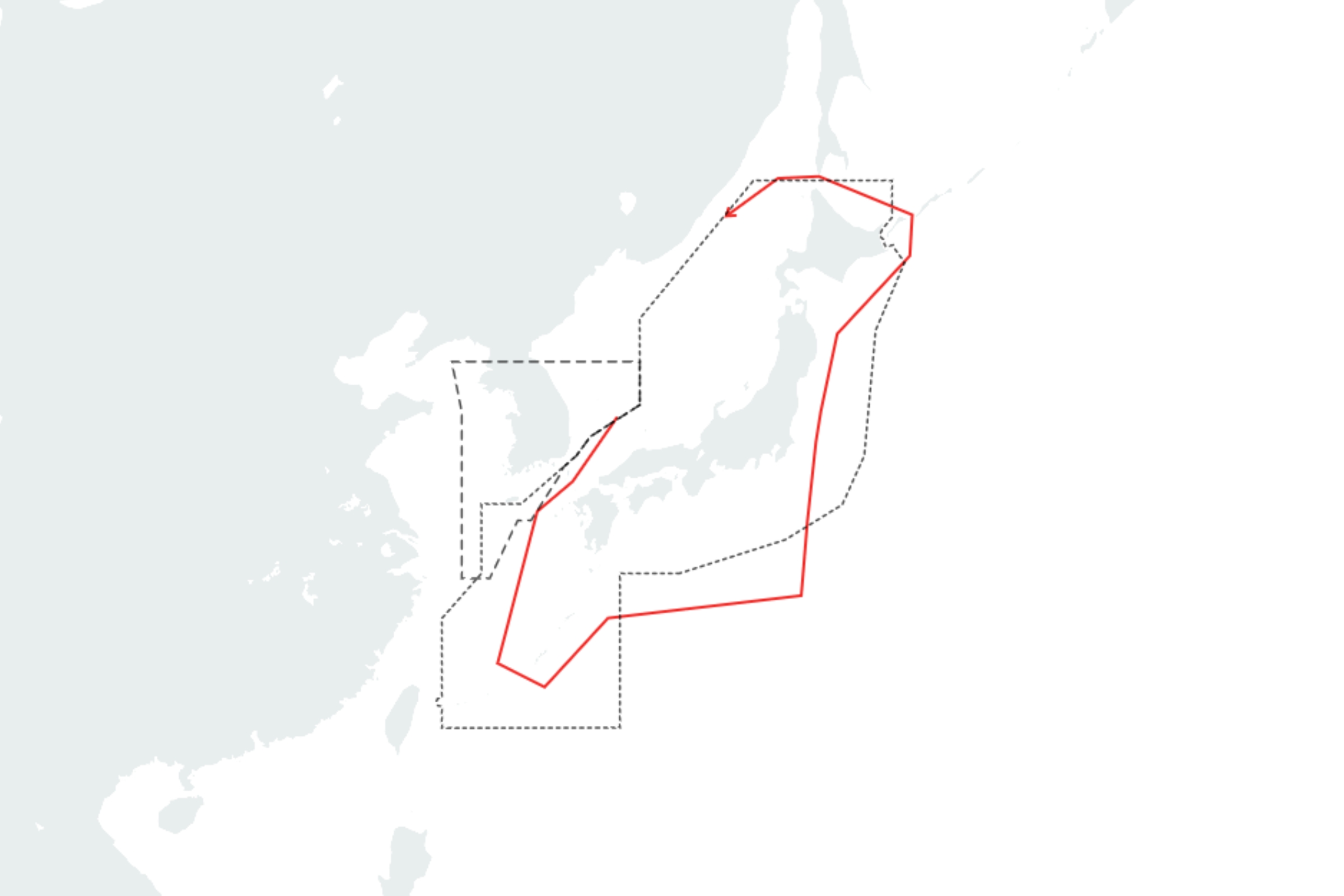On Thursday, two Russian military aircraft flew around Japan and into South Korea’s air defense zone, prompting swift action from the air forces of both nations, which are allies of the United States.
Japan’s defense ministry reported the presence of two Tu-142 maritime reconnaissance aircraft, known as “Bear F” in NATO terminology, as they entered the Japanese air defense identification zone (ADIZ).
The “Bear F” aircraft also entered South Korea’s ADIZ during their flight path. In response, both Japanese and South Korean fighter jets were scrambled to monitor the situation. It’s notable that both nations are key security allies of Washington in the Asia-Pacific region.
ADIZs are zones where aircraft tracking and identification are mandatory for national security reasons. Interestingly, just a day before, the North American Aerospace Defense Command had detected these Russian aircraft in the Alaska ADIZ.
This long-range flight coincided with Russia conducting two joint air and naval exercises with China in its Far East territory. One of these exercises, called Northern/Interaction-2024, is occurring in the Sea of Japan and the Sea of Okhotsk. Another exercise, Ocean-2024, is taking place in various areas of the Pacific Ocean and is set to last a week, with Chinese forces actively participating.
The “Bear F” boasts an impressive range of 7,456 miles and is designed for anti-submarine warfare and reconnaissance, utilizing specialized equipment for these tasks. Originating from the Tu-95 “Bear” strategic bomber, the aircraft can cover vast ocean territories.
According to the Japanese military, the “Bear F” navigated from the Sea of Japan to the East China Sea via the Tsushima Strait, then continued south and passed west of Japan’s Ryukyu Islands.

Japan’s defense ministry
After reaching the vicinity of Okinawa, the “Bear F” flew over the Miyako Strait into the Philippine Sea. Their flight path shifted afterward, taking a northeast route toward Hokkaido, one of Japan’s main islands.
Ultimately, the “Bear F” returned to the Sea of Japan, flying near the southern four Kuril Islands and traversing the La Perouse Strait—an area of contention between Japan and Russia due to territorial claims stemming from World War II.
On Friday, the Russian defense ministry disclosed that during the Ocean-2024 exercise, eight anti-submarine warfare aircraft, including two “Bear F” pairs, conducted simulated submarine searches using advanced radar and sonar systems.
